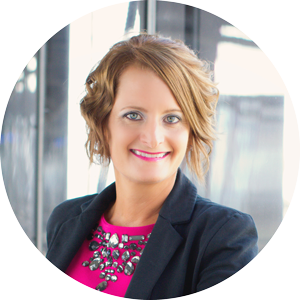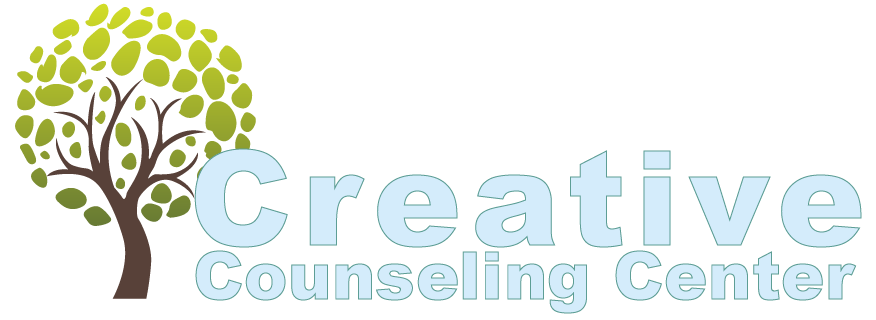SEASONAL AFFECTIVE DISORDER AND THE WINTER BLUES
Often called the “winter blues,” Seasonal Affective Disorder is a type of depressive disorder influenced by seasonal changes.
Do you live in a state that has more cloudy days in winter, with the sun rarely shining? Or does the sun set earlier than you’d like in the winter months? Either scenario blankets the day with longer stretches of dark and cold. This can put us at risk of experiencing Seasonal Affective Disorder, also known as the “winter blues.”
WHAT IS SEASONAL AFFECTIVE DISORDER?
Seasonal Affective Disorder or SAD is a type of depressive disorder influenced by seasonal changes.
SAD symptoms tend to appear in the late fall and subside once the sun is out more and our days become warmer in the late spring.
SYMPTOMS OF SAD:
- Changes in mood during the darker, winter months
- Lethargic and oversleeping
- Withdrawing from friends and family
- Trouble concentrating
- Overeating (often with a focus on carbohydrates)
- Hopelessness or even suicidal ideation
We don’t know exactly why this occurs. Experts believe it has to do with reduced sunlight. When sunlight is reduced, this can drop serotonin levels and disrupt your circadian rhythm, drastically disrupting your sleep schedule. Both can result in feelings of depression.
Interestingly, Seasonal Affective Disorder can occur in the summertime too.
WHO DOES SAD IMPACT?
Anyone can experience Seasonal Affective Disorder. However, young adults (18-30) tend to experience it more often, and women are diagnosed with SAD four times more than men according to the National Institute of Mental Health.
Individuals with pre-existing mood disorders such as bipolar disorder or major depressive disorder are more prone to experiencing SAD during weather changes. Additionally, those who live farther from the equator with have less exposure to the sun are more likely to experience SAD than those close to the equator.
HOW IS SAD DIFFERENT FROM DEPRESSION?
As stated above, Seasonal Affective Disorder is a subset of major depression. SAD is brought on with changes of the seasons as well as other stressors associated with the timeframe. However, not all depressive episodes during winter can automatically be attributed to SAD.
This is why it’s important to meet with a mental health professional to receive a proper diagnosis and move towards treatment.
TREATMENT AND MANAGEMENT OPTIONS FOR SAD:
Even though SAD has a “time frame” in which it is estimated to begin and end, i.e. the return of warmer and sunnier days, this does not mean those who are affected should suffer in silence until things become better. The symptoms are very real and treatable with professional assistance.
TREATMENT AND MANAGEMENT OPTIONS FOR SAD:
Even though SAD has a “time frame” in which it is estimated to begin and end, i.e. the return of warmer and sunnier days, this does not mean those who are affected should suffer in silence until things become better. The symptoms are very real and treatable with professional assistance.
Some treatment options for Seasonal Affective Disorder may be:
- Light therapy (phototherapy)
- Cognitive Behavioral Therapy (CBT)
- Vitamin D supplements
- Anti-depressant medication
If you are experiencing symptoms of depression, and are having thoughts of harming yourself, please call Colorado Crisis Services at 1.844.493.8255 or the 24-hour Suicide & Crisis hotline at 988.
CONTACT CREATIVE COUNSELING CENTER
Creative Counseling Center is here to offer you help. Our DTC therapists are trained and ready to guide you through any challenges you may face. You never have to do it alone! Request a Free Phone Consultation by completing the brief form below and a member of our team will contact you shortly. After learning more about your specific circumstances, we will be able to partner you with a therapist best suited to support you. And because clicking with a therapist is important , we will do our best to match personalities too. If our practice or none of our therapists are not a good fit, we are happy to provide recommendations to area providers.
Contact Us
We will get back to you as soon as possible.
Please try again later.

ABOUT THE AUTHOR
Teri Karjala is a Licensed Professional Counselor & Marriage and Family Therapist. She is the founder and Executive Director of Creative Counseling Center, LLC. Working in the field since 1999, Teri and her team of therapists specializes in counseling for those who have experienced trauma. They work with children as young as age 2, as well as teens and adolescents, adults, seniors, families, and couples.
REQUEST A FREE CONSULTATION
If you have questions about counseling, would like to find out if counseling could help you or a loved one, or are interested in learning more about our services, just complete the brief form below to request a Free Phone Consultation. A member of our team will contact you shortly. After a brief conversation, we'll determine together whether our practice is right for you and which therapist may be best suited for your specific circumstance.
Finding the right therapist, one you click with, is less about the therapist's experience and qualifications and more about the therapist's personality. So let's talk. Let us match you with a therapist you have a high likelihood of clicking with.
Fields marked with an * are required.
Contact Us
We will get back to you as soon as possible.
Please try again later.
GET SOCIAL WITH US
CONNECT WITH US
PHONE
EMAIL US
ADDRESS
6021 South Syracuse Way, Suite #216
Greenwood Village, CO 80111
OFFICE HOURS
Monday-Thursday: 8:30am-8pm
Friday: 12pm-5pm
Saturday: 12pm-4pm



